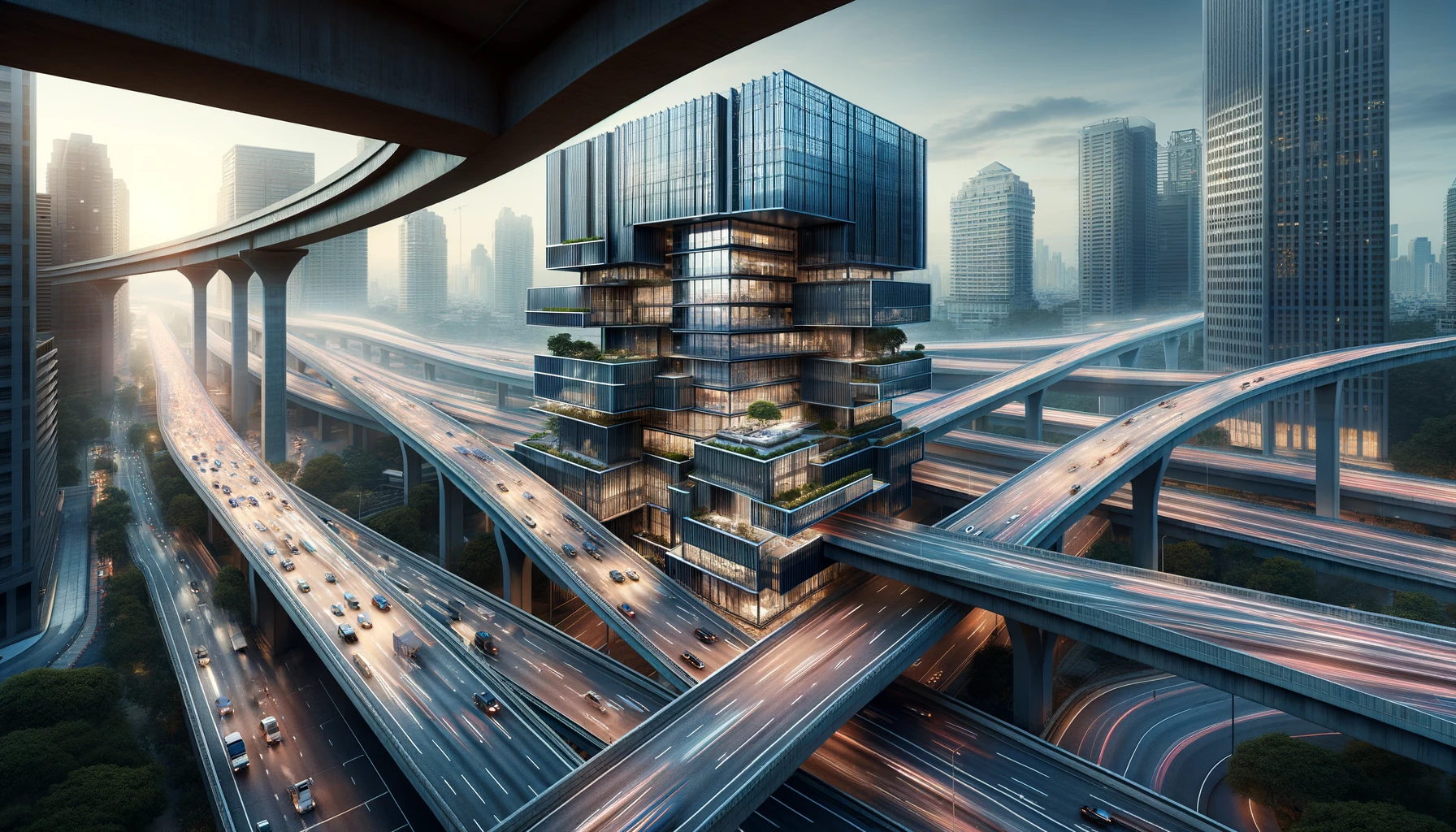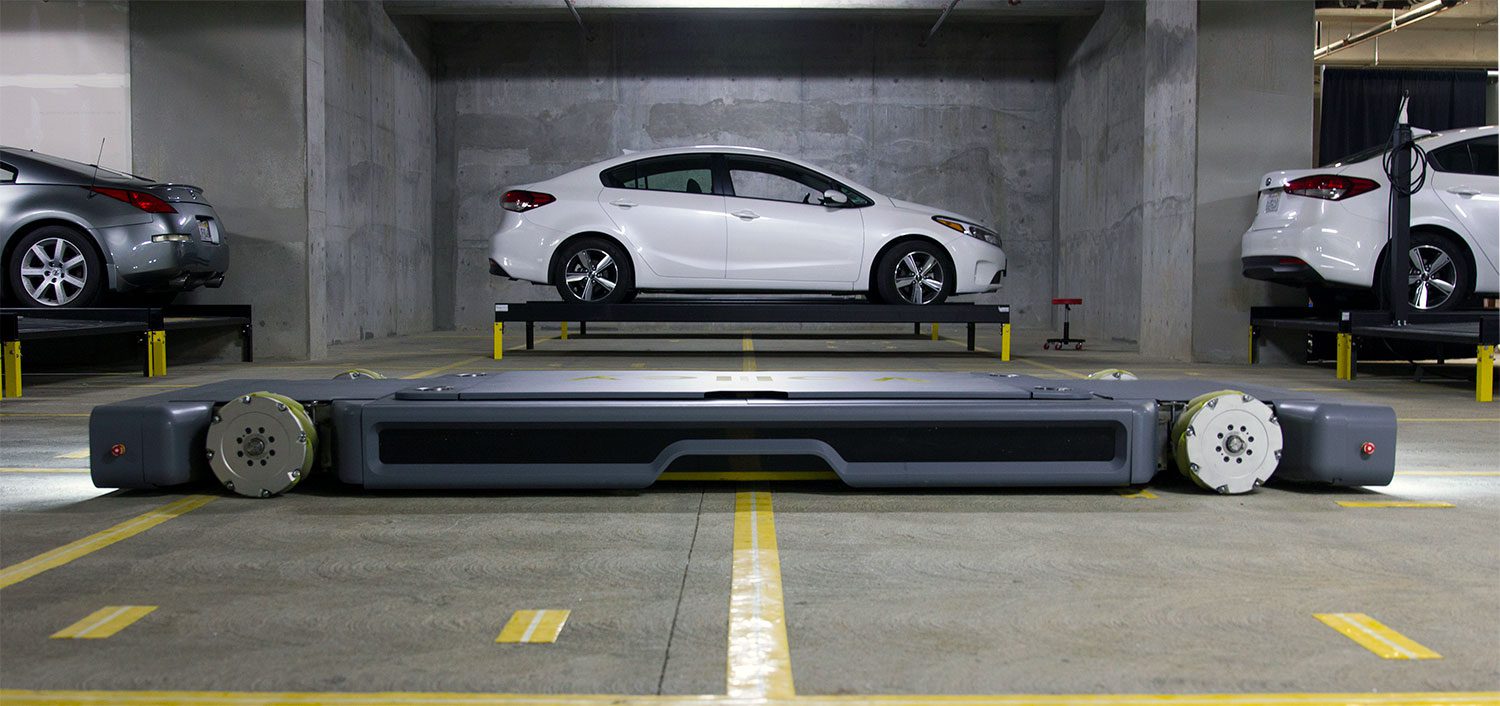
In the world of architecture, every project presents its unique set of challenges, particularly when the canvas of creation—an oddly-shaped block of land—complicates the efficient use of space. For architects, these irregular plots demand innovative solutions, especially in urban environments where space is at a premium and every square foot counts. Among the most pressing challenges is designing parking systems that are both functional and aesthetically pleasing while making optimal use of available space. Volley Automation offers a unique solution that enables designing parking systems for unconventional – or sometimes flat-out impossible – land shapes.
Irregular: The New Normal
Designing on an irregular plot requires a profound understanding of spatial dynamics and an ability to envision alternatives that transcend traditional layouts. These plots often come with acute angles, curved perimeters, and narrow ingress and egress points, which can severely limit the functionality of a conventional parking lot. For architects, the task is not only to accommodate a sufficient number of vehicles but also to ensure ease of movement, safety, and compliance with urban planning regulations.
Automated Parking Systems FTW
Traditionally, parking designs have followed a fairly standard grid layout that maximizes rows and columns of parking spaces. However, this approach can be inefficient on an oddly-shaped site, leading to unusable residual spaces that contribute neither to aesthetics nor function. Volley’s automated parking system is a technology-driven solution that can unlock projects that are otherwise impossible to design. Volley utilizes robots, or more specifically Autonomous Guided Vehicles (AGV’s) to move cars into a compact storage position, reducing the need for wide lanes and large turning radii required in conventional parking lots.
The Architectural Advantages of Volley’s Automated Parking System
Volley’s automated parking system offers several advantages that make it particularly suitable for challenging plots:
- Space Efficiency: Volley can increase the number of cars parked in a given area by a factor of 1.5x compared to traditional systems. By parking cars more closely together, Volley can utilize more floor space, including areas that would typically be wasted in conventional designs.
- Design Flexibility: With Volley, architects are not constrained by the need to design drivable aisles and parking bays suitable for the least-talented human driver. This freedom allows for more creative use of space and the ability to conform to the unique contours of an irregular plot, often increasing the amount of parking spaces, and/or decreasing the size of the garage.
- Enhanced Aesthetics: Since vehicles are stored out of sight, the visual impact of rows upon rows of parked cars is eliminated. This opens up new possibilities for façade treatment and the integration of green spaces, public plazas, or additional commercial areas that enhance the building’s interface with its surroundings.
- User Convenience: Users benefit from reduced time in finding a parking spot and a decrease in traffic congestion around the entry and exit points of the parking area – extremely common complaints from residents and patrons when lots are unusually shaped.
As urban land becomes scarcer and more valuable, the role of architects in creatively overcoming the limitations of irregular plots becomes increasingly important. Automated parking systems represent a significant leap forward in this respect, offering a blend of efficiency, aesthetics, and functionality that is well-suited to the challenges of modern urban development.
Volley can turn the challenge of an oddly-shaped plot into an opportunity to redefine the standards of design and functionality.






